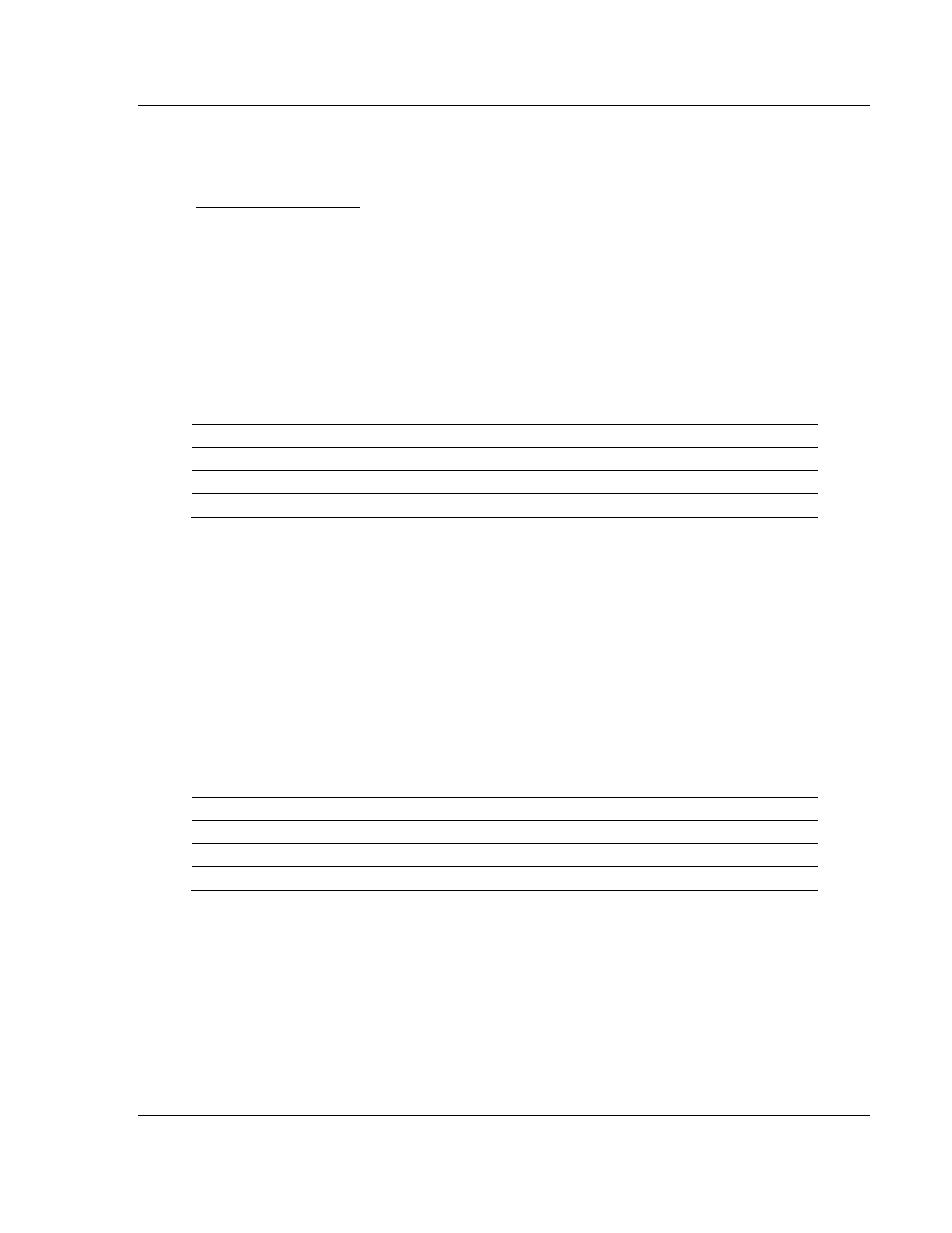ProSoft Technology MVI56-DFCMR User Manual
Page 69

Reference MVI56-DFCMR
♦ ControlLogix Platform
DF1 Interface Module with Reduced Data Block
ProSoft Technology, Inc.
Page 69 of 113
October 20, 2008
Each image has a defined structure depending on the data content and the
function of the data transfer.
Normal Data Transfer
Normal data transfer includes the transferring of data received by, or to be
transmitted to, the DF1 drivers and the status data. This data is transferred
through read (input image) and write (output image) blocks. Refer to Module Set
Up
for a description of the data objects used with the blocks and the ladder logic
required. The structure and function of each block is discussed below:
Read Block
These blocks of data transfer information from the module to the ControlLogix
processor. The structure of the input image used to transfer this data is shown in
the following table.
Offset Description
Length
0
Write Block ID (1 to 250)
1
1 to 40
Read Data
40
41
Read Block ID (1 to 250)
1
The Block Identification Code (word 41) is used to signal to the ControlLogix
processor that a new block is ready for processing and informs the processor of
the contents of the block. If the value of the code is set to 1, the block contains
the first 40 words of data contained in the database of the module.
The block also contains the block identification code the module expects to
receive from the processor (word 0 in the block). Under normal data transfer
conditions, the ladder logic should use the code to build the appropriate block for
the module in the output image.
Write Block
These blocks of data transfer information from the ControlLogix processor to the
module. The structure of the output image used to transfer this data is shown in
the following table.
Offset Description
Length
0
Write Block ID (1 to 250)
1
1 to 40
Write Data
40
41 Spare
1
The Write Block ID is an index value used to determine the location in the
module's database where the data will be placed. Each transfer can move up to
40 words.